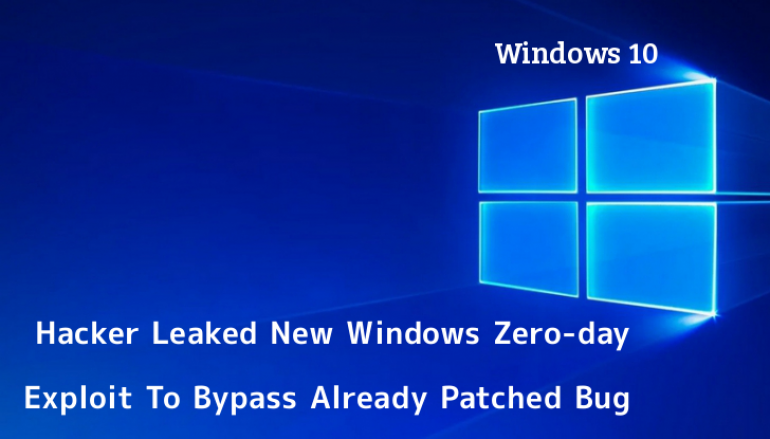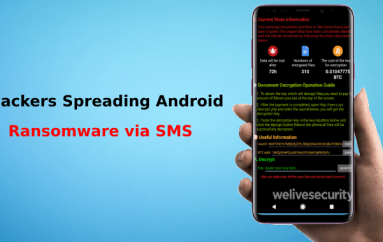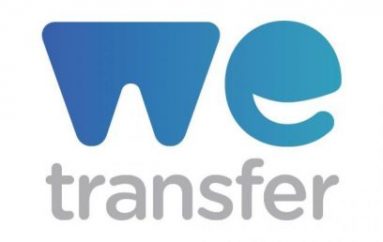
Hacker Leaked New Windows 10 Zero-day Exploit Online To Bypass Already Patched Bug
SanboxEscaper, an anonymous hacker came back and leaked an another Windows zero-day PoC that exploits already patched (CVE-2019-0841) local privilege escalation vulnerability that resides in Windows 10.
This is a second zero-day that bypass CVE-2019-0841, An elevation of privilege vulnerability exists when Windows AppX Deployment Service improperly handles hard links. and the vulnerability has been already patched by Microsoft in April.
SandboxEscaper, a pseudonym of a widely known anonymous hacker who has actively leak windows based zero-day exploit online since August 2018, and this is ninth zero-day leak since August 2018.
An attacker who successfully exploited this vulnerability (CVE-2019-0841) could run processes in an elevated context., In result, threat actor installs malicious programs view, change or delete data.
SanboxEscaper explains (GitHub repository removed now), the vulnerability can be triggered by deleting all files and subfolders within the location of Edge browser where she pointed below.
"c:users%username%appdatalocalpackagesMicrosoft.MicrosoftEdge_8wekyb3d8bbwe"
Firstly, we need to perform the deleting process as a local user account. so, when user launch the Edge, it will end up to crash the browser. but, when a local user launches it a second time, it causes to write the Discretionary Access Control List (DACL) while impersonating “SYSTEM.”
Arbitrary DACL writes allow a low-privileged user to change the system permissions, eventually gains complete control of the systems admin access.
SandboxEscaper explains the following process via her GitHub repository.
The trick here is to launch edge by clicking it on the taskbar or desktop, using “start microsoft-edge:” seems to result in correct impersonation.par
You can still do this completely programmatically.. since edge will always be in the same position in the task bar.. *cough* sendinput *cough*.
There is probably other ways too.par
b Another note, this bug is most definitely not restricted to edge. This will be triggered with other packages too. So you can definitely figure out a way to trigger this bug silently without having edge pop up. Or you could probably minimize edge as soon as it launches and close it as soon as the bug completes. I think it will also trigger by just launching edge once, but sometimes you may have to wait a little. I didn’t do extensive testing..
She also said that it took only 2 hours total to found this bug and quickly wrote up a PoC, LPEs is easy.
Will Dormann, Vulnerability Analyst at the CERT/CC, says, ” I’ve confirmed that this works on a fully-patched (latest May updates) Windows 10 (1809 and 1903) system. This exploit allows a normal desktop user to gain full control of a protected file.”
She also recommends that “Make sure you have multiple cores in your VM (not multiple processors, multiple b coresb0 ).par. It’s going to increase the thread priority to increase our odds of winning the race condition that this exploits”
To be clear, an attacker would first have to log on to the system as a local user and then run this exploit (GitHub) to trigger this vulnerability and take control of the vulnerable system.
This is not a final Zero-day in her row, ” I have one more 0day.” says in her blog post.
This post Hacker Leaked New Windows 10 Zero-day Exploit Online To Bypass Already Patched Bug originally appeared on GB Hackers.






